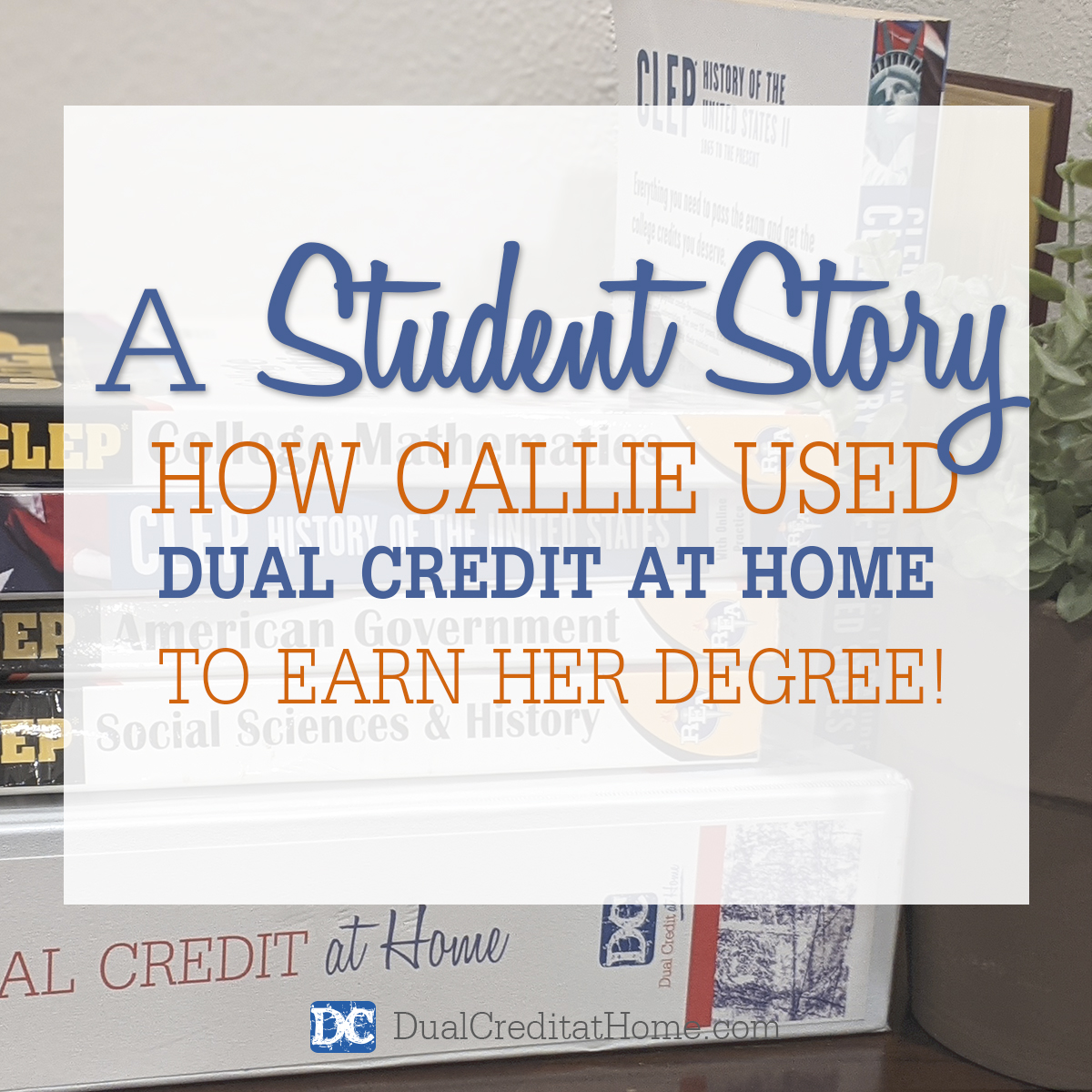Dual credit is a way for high school students to earn college credits while studying advanced level subjects, and it’s a great way to challenge your teen who is interested in getting a head start on college. Here are eight dual credit facts every parent should know.
1. Understand the terms “traditional student” and “non-traditional student.”
The term “traditional student” typically refers to students that graduate from high school and then generally earn their college degree by taking on-campus classes. “Non-traditional” students are typically those that either mix high school and college or complete high school traditionally but then do college non-traditionally - generally earning their degree through a mixture of exams, online classes, and perhaps on-campus classes.
2. Colleges require all students to meet core subject requirements no matter what degree they are pursuing.
Before you begin your studies in your chosen field, you must first pass a series of core classes necessary for all degree programs. These required credits can be earned by paying for and attending on-campus college classes or they can be earned by passing college-level exams, proving you have mastered the subject.
3. Dual credit studies are academically challenging.
Having your teen study their high school core subjects at the college level can provide the challenge they might not be experiencing with their typical high school level courses. Remember, our kids are capable of more than we typically require!
4. Dual credit studies are impressive on your high school transcript.
Your student will use their high school transcript for either college and scholarship applications or job/internship applications and interviews. Their dual credit studies shown on that transcript show initiative, a passion for learning, and a willingness to be challenged. College admissions officers and prospective employers are always impressed with students who go above and beyond a typical high school course of study.
5. Dual credit programs cost less than traditional classes (even when a college waives “tuition” for dual credit students).
Most colleges and universities will allow you to earn some of your core credits by passing exams while some allow you to earn all core credits this way. This saves both traditional and non-traditional students so much money by not having to pay for classes in those core subjects. The Dual Credit at Home program takes your student through the process of studying for and taking 13 exams in core subjects like American Government, College Composition, U.S. History, and College Mathematics. This gives your student the high school credits and college credits for these 13 subjects – up to 13 classes your student will not have to take in college! And with a one-semester class at a junior college typically costing about $495 in tuition, fees, and books, that’s a huge savings! Even when a college waives dual credit tuition, enrolled students still pay the fees and purchase the over-priced textbooks. Because Dual Credit at Home students can earn up to 57 college credits, the credits cost less than even the junior college dual credit classes where tuition has been waived.
6. Dual credit programs save time.
Dual Credit at Home students study two subjects at a time and can take those exams after five weeks of study for most subjects and eight weeks of study for the more difficult subjects. Following this study calendar makes it possible to study several subjects in-depth over the typical 16-week college semester. In fact, Dual Credit at Home students are earning 21 credits in the first 16 weeks following the Study Plans, 18 credits in the second 16 weeks, and 24 credits in the final 16 weeks! But not all students choose to complete the program in 49 weeks; some choose to spread it over a longer period of time. Either way, because it is being done during high school, it’s accelerating the degree process. When Dual Credit at Home students graduate from high school they are around the half way mark of completing their bachelor’s degree.
7. A dual credit program provides academic mastery.
A dual credit program can be used to master subjects simply for the high school credits. Not all Dual Credit at Home students take the official exams for college credit, yet they still develop college-level mastery of each subject. Students that plan to attend a college that won’t accept certain exam credits may still complete the entire program in order to earn all of the high school credits and only the college credits that their particular school will accept.
8. How does a student complete their degree following a dual credit program?
Students choose a college to attend and request that their test transcripts be sent to that college. The college receives and evaluates the transcripts and applies the earned credits to their corresponding courses according to their school’s policy. Students then complete their chosen degree plan earning the remaining credits by either exams or classes.
If you’ve read this article through to this point, chances are you have a high school student and are considering the idea of dual credit studies! It’s my hope that this article has answered some of the questions you might have about dual credit and encouraged you to successfully implement it in your home school. Earning college credit is a big step for your teen and one you want to help them take successfully.
I’d love to hear your comments about dual credit and home schooling high school! Post a comment here or email me. And, moms and dads, thanks for caring so much for your teens and being so involved in their schooling. It’s a special time in their lives and they’re really fortunate to have parents like you!
Image credit: @ SergeyNivens | DepositPhotos.com



